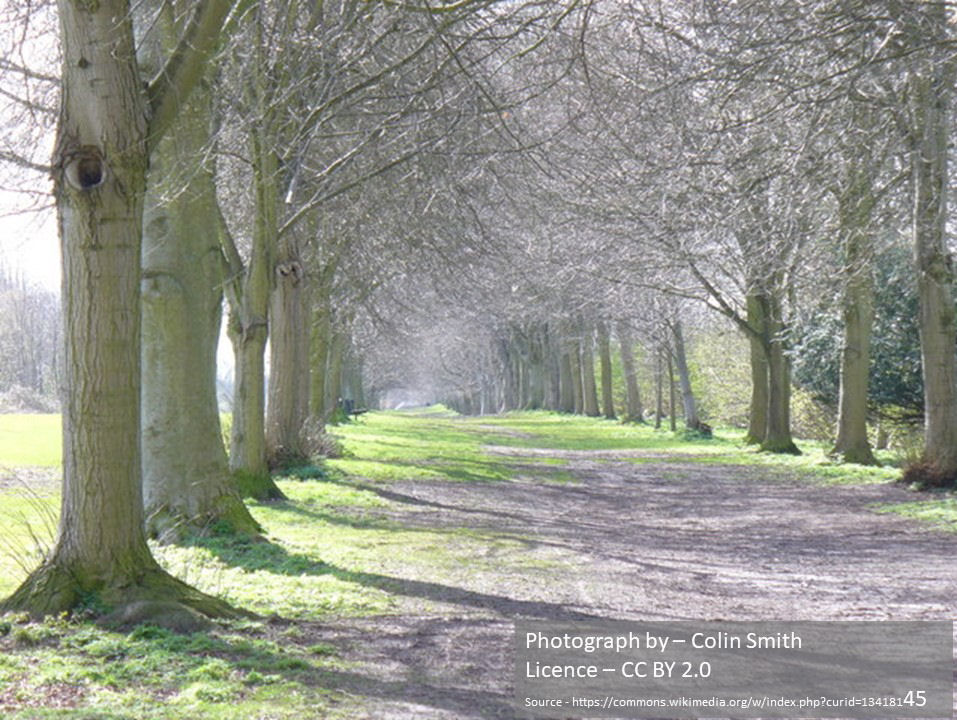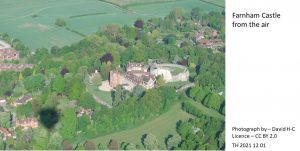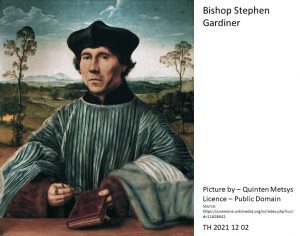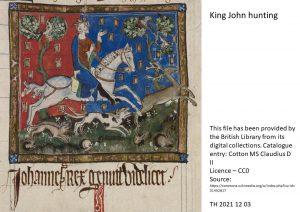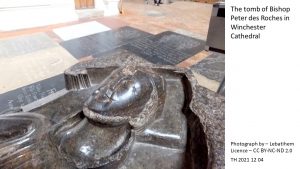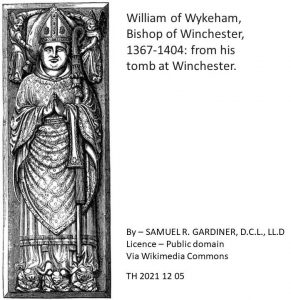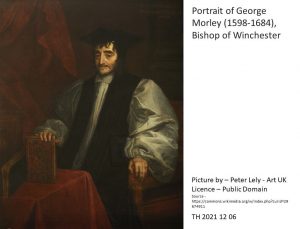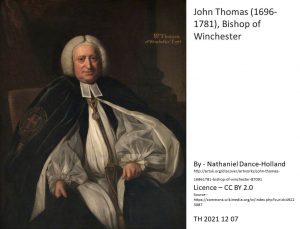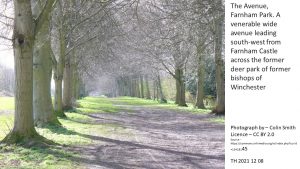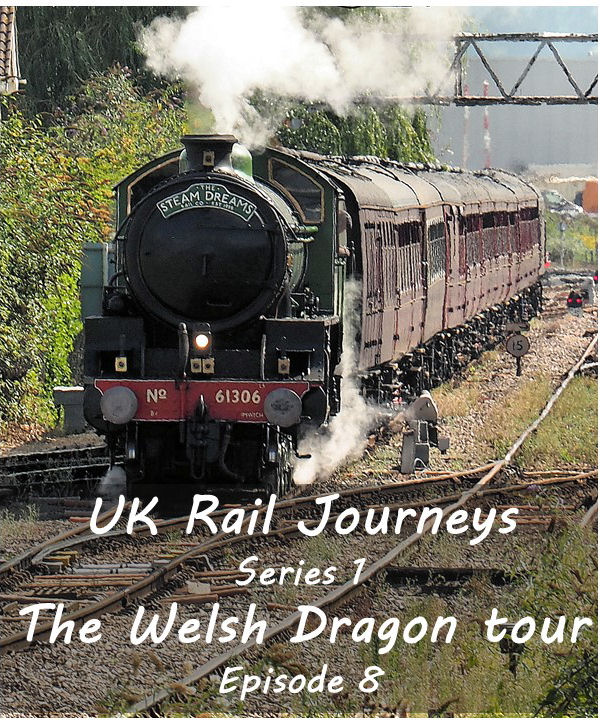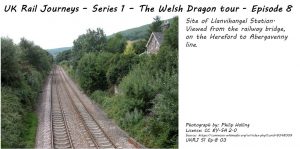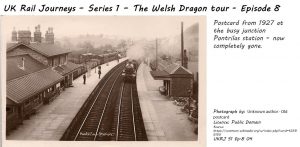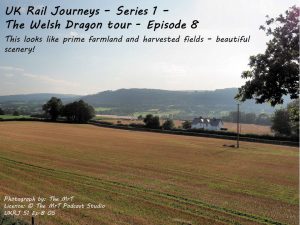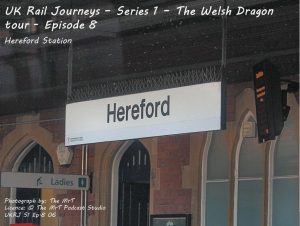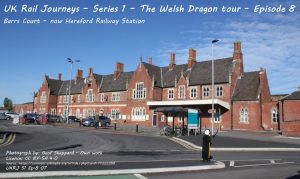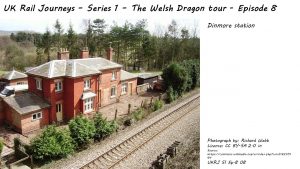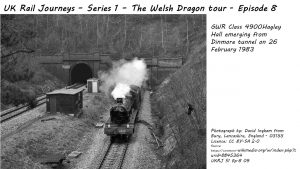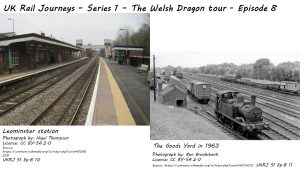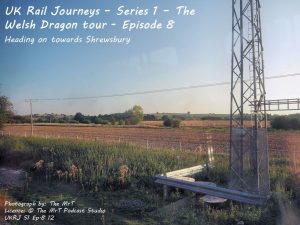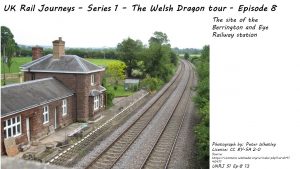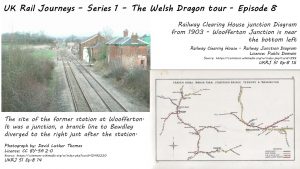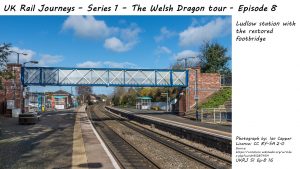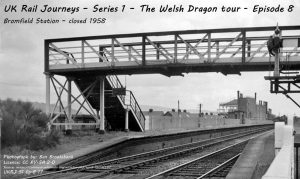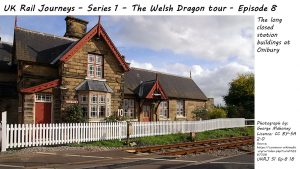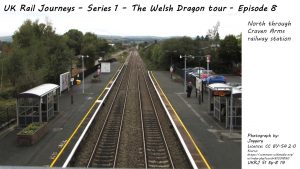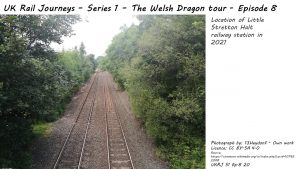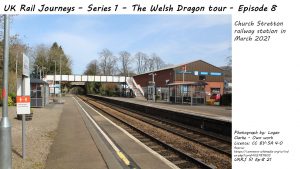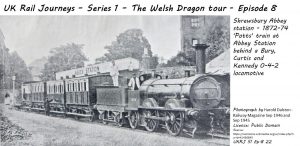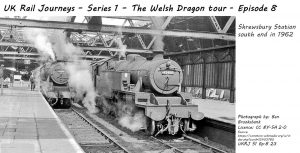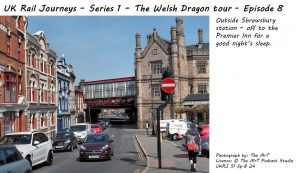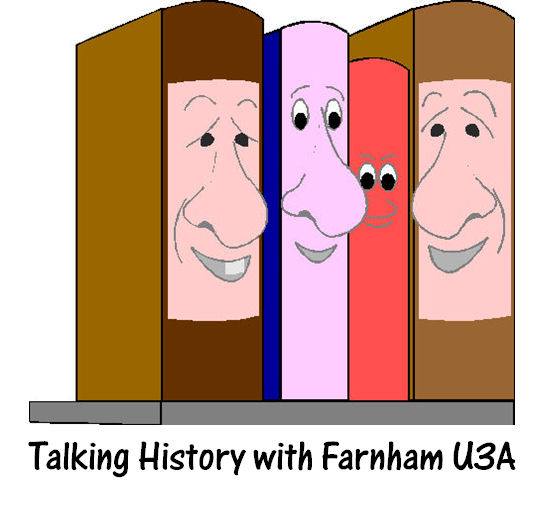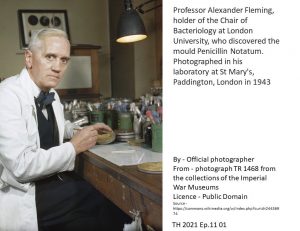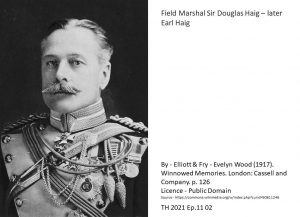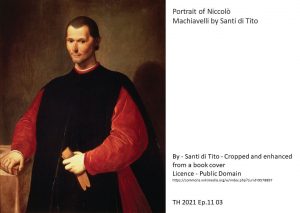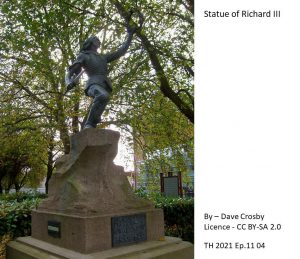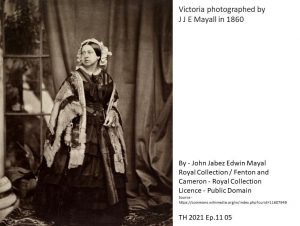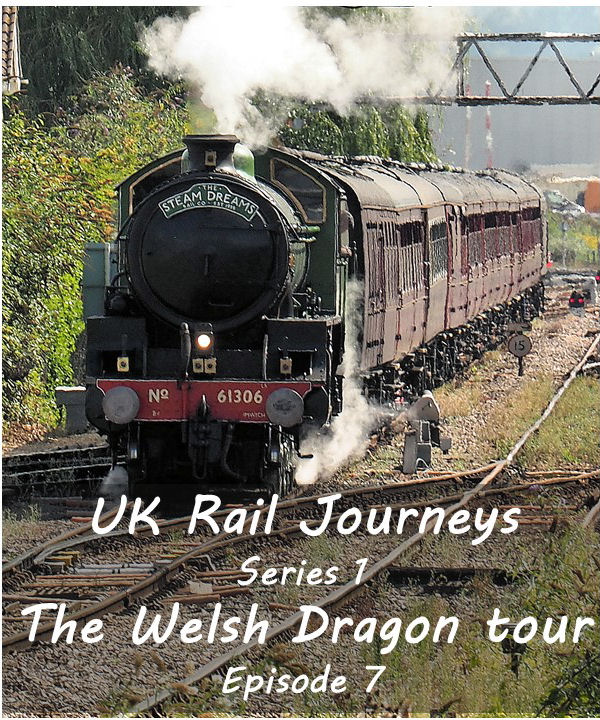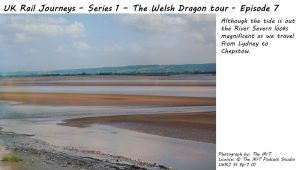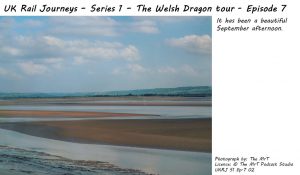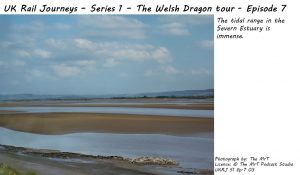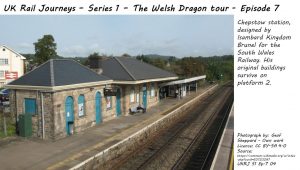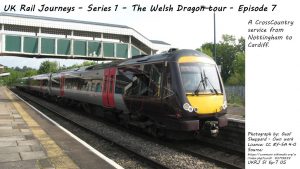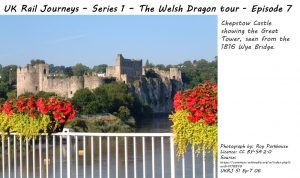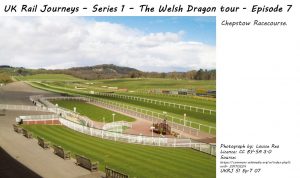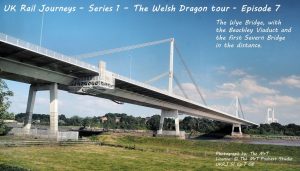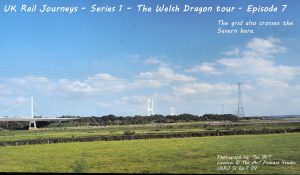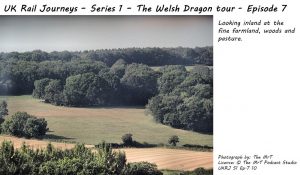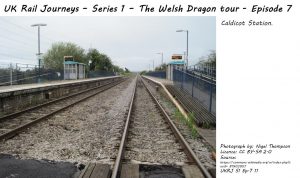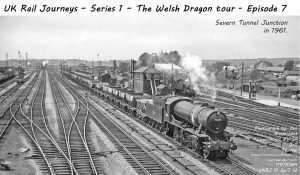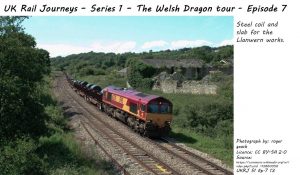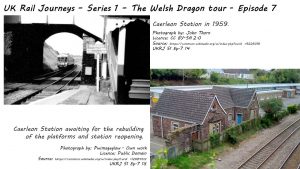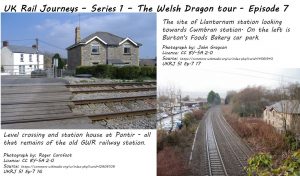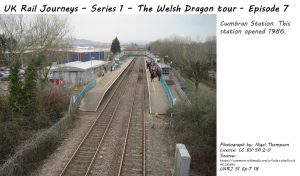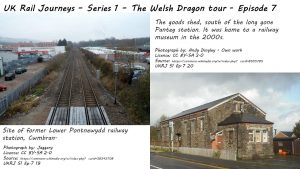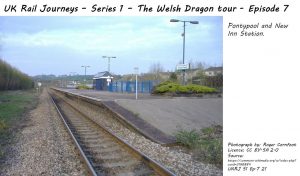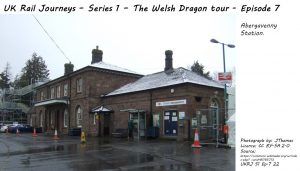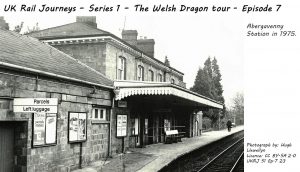Podcast: Play in new window | Download (Duration: 28:24 — 26.0MB)
Season 2021 – Talk 12 – The History of Farnham Park
In The History of Farnham Park Pam Taylor tells us the story of the Park, or more correctly Parks, over the centuries.
Click a thumbnail below to view the image gallery that accompanies the talk.
Farnham Castle:
The Park surrounds the site of Farnham Castle. Henry of Blois, the Bishop of Winchester, founds the castle in 1138. He is the brother of King Stephen. The castle is a favoured residence of the Bishops of Winchester for many centuries.
The castle remains a substantial fortress until it is ‘slighted’ during the English Civil War.
The See of Winchester:
The Diocese of Winchester stretches from the Isle of Wight to the south bank of the Thames at Southwark for many centuries. It is an extremely wealthy Diocese through out the middle ages and the Bishops wield a great deal of power.
The development of the Park:
More truthfully this is the story of two parks. The Old Park has largely disappeared and it is the 320 acre New Park that we see today.
The parks were developed to provide food for the table of the Bishop and to provide sport for visitors. There have been many famous visitors over the centuries.
Some of the Bishops had trouble with poachers when times were hard!
Listen to the podcast to hear Pam tell the full story.
Please note:
This podcast is a recording of a talk given on Zoom and, in places, there are a few extraneous noises and sound glitches.
About this podcast:
This podcast is an edited recording of a talk first given to the Farnham u3a World History Group.
The Farnham u3a site is found here.
You can also listen using Amazon Music, Apple Podcasts, Castbox , Deezer, Podchaser, Spotify, Stitcher and Vurbl and others.
AKM Music licenses Media Magazine for use as the theme music.
© The MrT Podcast Studio and Farnham u3a World History Group 2018 – 2022

